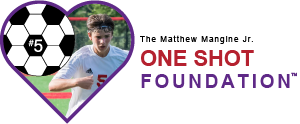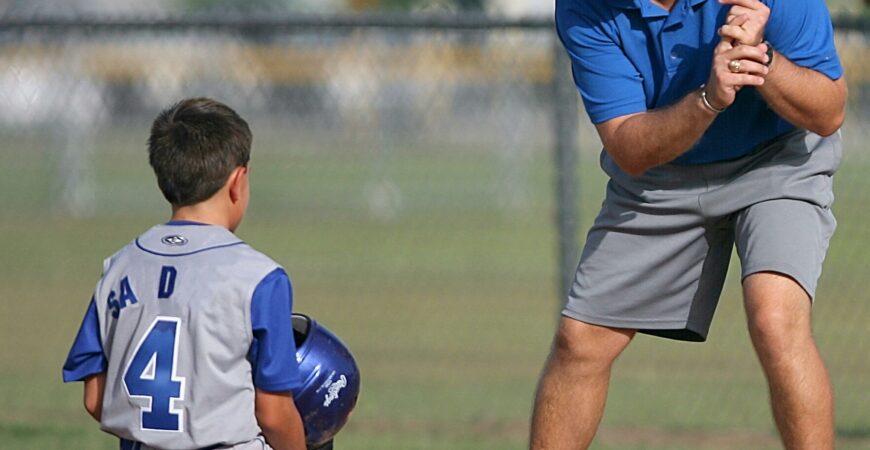Youth sports are an excellent activity for building character, teamwork, and healthy lifestyles – but youth sports can also be dangerous. Approximately 2.7 million young people visit the emergency room every year for sports-related medical issue, and they can be fatal. A US High School athlete dies of cardiac arrest every 3.5 days.
So, it’s vital that any youth sports program have an emergency action plan (EAP) in place to handle any sudden medical emergencies. You may only have one shot to save a young athlete’s life, so make it count!
Key Elements Of A Youth Sports EAP
No EAP will be one-size-fits-all, and must be tailored to your own sport(s), facilities, and local resources such as hospitals. However, as a general guide:
- Comprehensivity. Cover as many medical conditions as you reasonably can. Account for general issues, such as cardiac arrests or sudden asthma attacks, along with accidents that would be associated with the sport.
- Credibility. Build the EAP in association with genuine medical experts for maximum effectiveness.
- Specificity. Your EAP should be tailored to your facilities, such as providing maps to the nearest AED and other health resources and giving specific numbers to call for medical assistance.
- Authority. The EAP should have a clearly-defined chain of command, so there’s never any doubt who’s in charge when an incident occurs.
- Accessibility. There should be many copies of the EAP distributed to all relevant staff members, as well as copies posted in key common areas such as locker rooms and break rooms. If necessary, even a fellow teen athlete should be able to find and follow the EAP.
Training and Practice
Your EAP should not simply exist on paper. Everyone involved should be thoroughly trained on it, so that they’ll be ready to help when an emergency happens.
- Know your symptoms. Coaches, staff, even the players should be given information on the symptoms of common medical emergencies such as cardiac arrest, concussions, broken bones, and heat stroke.
- Update the EAP frequently. The EAP should be an evolving document, updated whenever the facilities change, or to reflect current best medical practices.
- Drill, drill drill. Implement a regular schedule of drills which practice emergency response to hypothetical issues such as a heart attack. You might eThe more you drill, the more likely your staff will respond properly.
Inspired by the tragic loss of Matthew Mangine Jr. to sudden cardiac arrest, the One Shot Foundation exists to help save the lives of student athletes. To learn more about our programs and resources, please click here.

